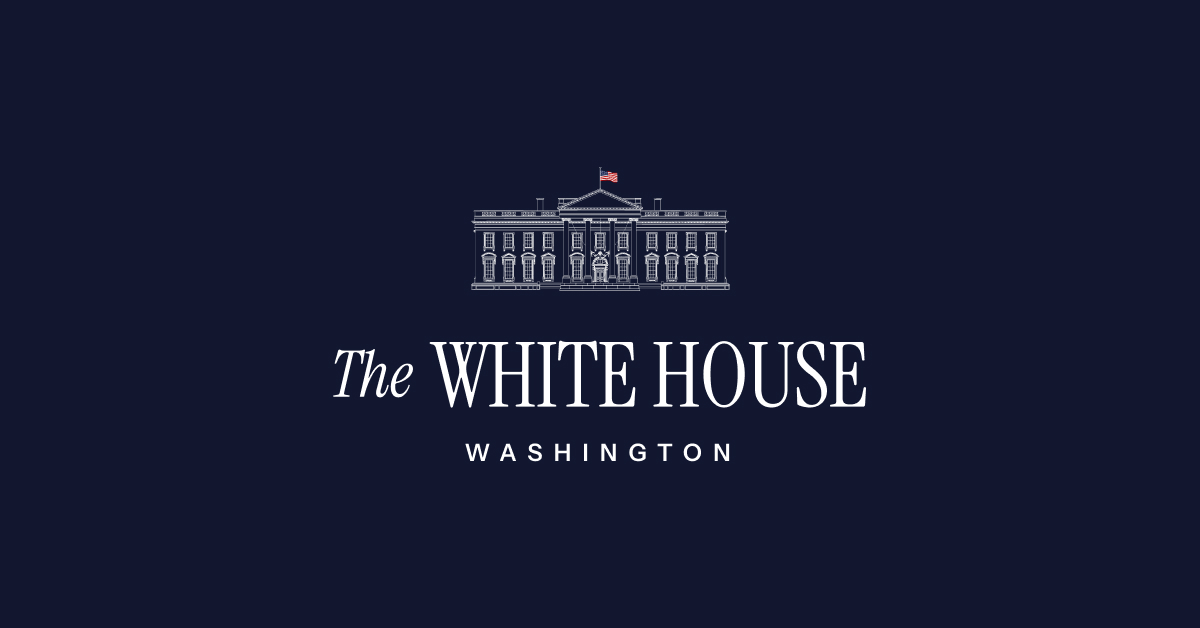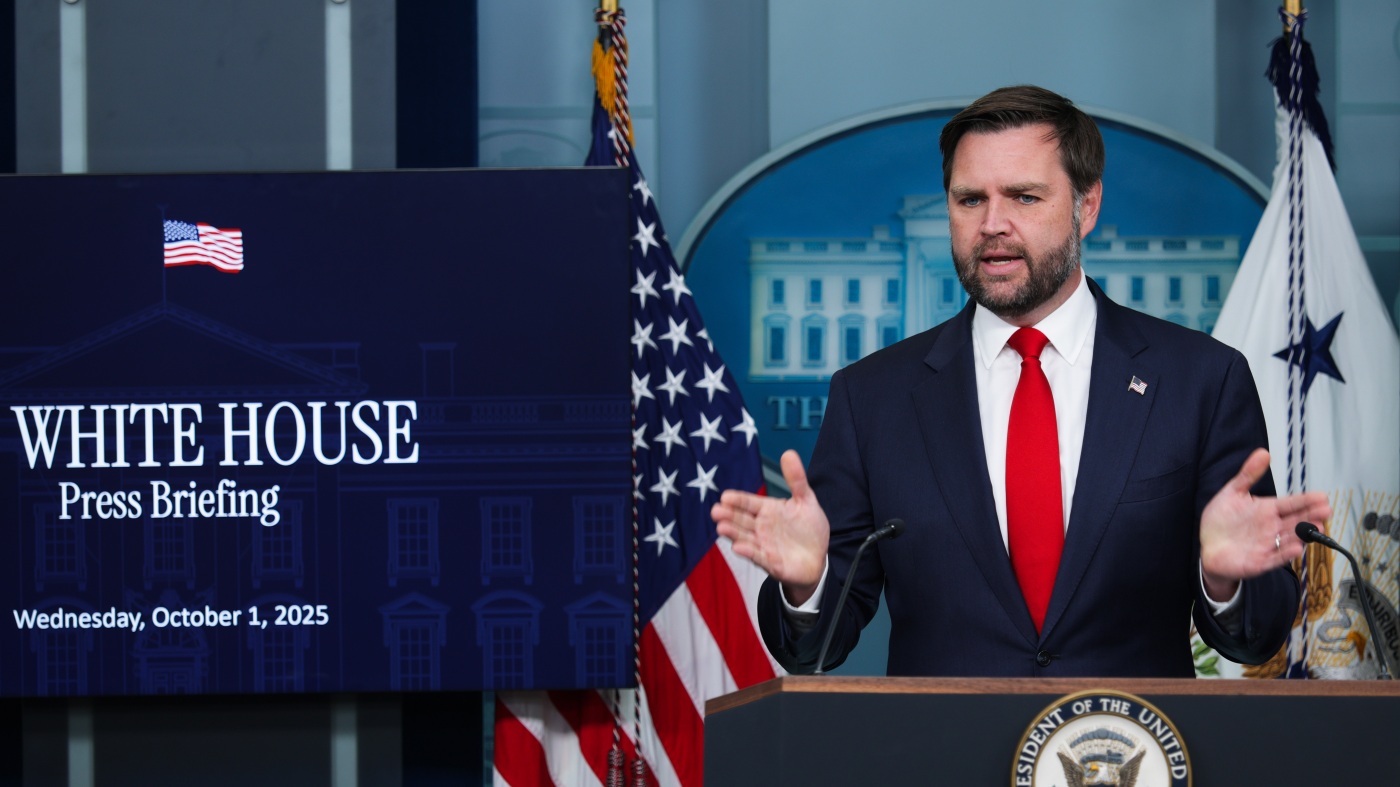Trump Announces Measures to Cut IVF Costs and Expand Fertility Care

President Trump’s Initiative to Lower IVF Costs
President Donald J. Trump recently announced significant measures aimed at reducing the financial burden of in vitro fertilization (IVF) and expanding access to high-quality fertility care. This initiative includes a landmark agreement with pharmaceutical leader EMD Serono, providing an 84% discount on essential IVF medications through a new government purchasing platform launching in 2026.
Expanding Fertility Care Options
Beyond medication discounts, the administration is pushing for expedited FDA review of advanced fertility treatments like Pergoveris®, which could offer new hope to patients with complex fertility challenges. Additionally, federal guidance now permits employers to offer fertility benefits as standalone insurance, similar to dental or vision coverage, enhancing accessibility for employees nationwide.
Implications for Families and Employers
This comprehensive strategy not only lowers costs but also broadens insurance coverage options, potentially transforming fertility care affordability and availability. By encouraging smaller businesses to provide fertility benefits, the administration aims to support millions of Americans seeking family-building solutions.
About the Organizations Mentioned
EMD Serono
EMD Serono is the biopharmaceutical healthcare business of Merck KGaA, Darmstadt, Germany, operating primarily in the United States and Canada. It focuses on developing innovative therapies for difficult-to-treat conditions such as multiple sclerosis, infertility, and cancer, with core expertise in neurology, endocrinology, oncology, immuno-oncology, and immunology[2][6]. The company is known for its commitment to groundbreaking science and patient-centered care, supporting around 2 million people through patient assistance programs and employing approximately 1,000 people in the U.S.[6]. The roots of EMD Serono trace back to 1668, when Friedrich Jacob Merck acquired the Angel Pharmacy in Darmstadt, Germany, marking the beginning of the world's oldest pharmaceutical and chemical company[3][5]. Over centuries, Merck evolved from a manual pharmacy craft to a global industrial research company under Emanuel Merck's leadership in the early 19th century, expanding internationally, including establishing a U.S. presence in 1887[3][5]. In parallel, Serono was founded in 1906 in Rome by Cesare Serono as the Serono Pharmacological Institute, pioneering extraction methods for urinary gonadotropins crucial for reproductive health treatments[1][7]. Serono was acquired by Merck in 2006, integrating its expertise in reproductive health, neurology, dermatology, and growth metabolism with Merck’s global capabilities[1][8]. This merger enhanced research in oncology and autoimmune diseases and led to significant advancements in biotechnology such as massive parallel sequencing technologies[1]. Today, EMD Serono continues this legacy, leveraging Merck’s 350-year heritage and global resources to innovate in healthcare, delivering eight marketed drugs in the U.S. with six FDA approvals since 2017, and aiming to double R&D productivity in its core areas[6]. Notably, EMD Serono operates withi
FDA
## Overview The **U.S. Food and Drug Administration (FDA)** is a federal agency within the Department of Health and Human Services responsible for protecting public health by ensuring the safety, efficacy, and security of a wide range of products, including human and veterinary drugs, biologics, medical devices, food, cosmetics, and products that emit radiation[1][2][3]. Its mission is to advance public health by helping to speed innovations that make medical products safer, more effective, and more affordable, while providing the public with accurate, science-based information about these products[1]. ## Functions and Regulatory Scope The FDA’s regulatory authority is expansive. It oversees the approval, manufacturing, marketing, and distribution of prescription and over-the-counter drugs, vaccines, blood products, medical devices (from simple tongue depressors to complex pacemakers), dietary supplements, most foods (except some meat, poultry, and egg products regulated by the USDA), cosmetics, and tobacco products[1][2][5]. The agency also regulates electronic products that emit radiation, such as X-ray machines and microwave ovens[2][5]. Importantly, the FDA does not regulate the practice of medicine, medical services, product pricing, or health insurance reimbursement[2]. The FDA achieves its goals through a combination of **premarket reviews**, **post-market surveillance**, **facility inspections**, **enforcement actions**, and **public education**[3][4]. It maintains several adverse event reporting systems—such as MedWatch and VAERS—to monitor product safety after they reach the market[4]. The agency also plays a key role in the nation’s counterterrorism efforts by ensuring food supply security and fostering the development of medical countermeasures[1]. ## History and Key Achievements Established in 1906 with the passage of the Pure Food and Drugs Act, the FDA’s origins trace back to efforts to combat adulterated and misbranded food and drugs. Its regulatory powers expanded significantly with the







